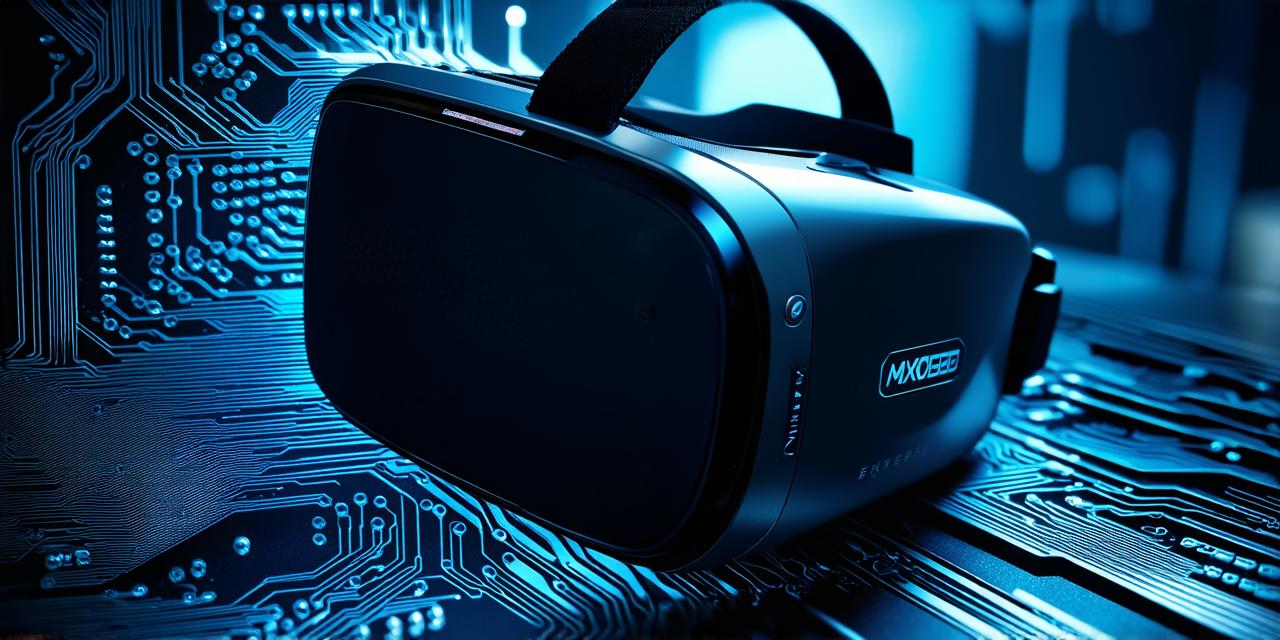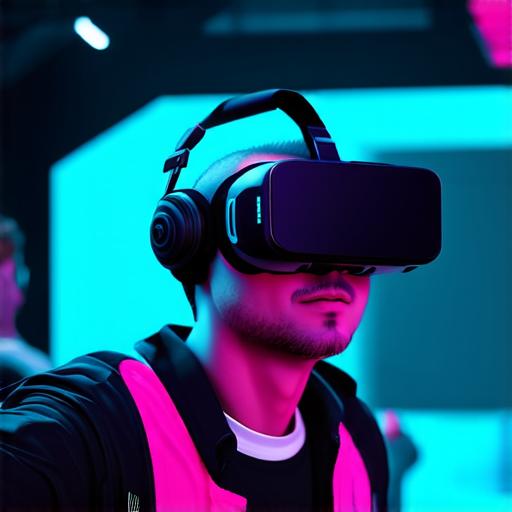
How do virtual reality headsets work?
Virtual reality (VR) technology has come a long way since its inception. Today, VR headsets are becoming increasingly popular among gamers, consumers, and even professionals across various industries.
In this comprehensive guide, we will explore the inner workings of VR headsets and delve into their key components. We’ll also discuss some real-life examples of how VR headsets are being used in different industries and provide insights from experts in the field.
What is a Virtual Reality Headset?
A virtual reality (VR) headset is a device that enables users to experience a simulated 3D environment in real-time. The headset consists of a wearable display and sensors that track the user’s movements and position in space.
The VR headset also includes input devices such as hand controllers, which enable users to interact with virtual objects using their hands. The headset can be connected to a computer or gaming console, allowing developers to create immersive and interactive experiences for users.
Key Components of a VR Headset
There are several key components that make up a VR headset. These include:

- Display: The display is responsible for generating the 3D image that appears in front of the user’s eyes.
- Sensors: Sensors are used to track the user’s movements and position in space. There are several different types of sensors, including accelerometers, gyroscopes, and magnetometers. These sensors work together to provide an accurate representation of the user’s movements, enabling developers to create realistic and interactive virtual environments.
- Input Devices: Input devices such as hand controllers allow users to interact with virtual objects using their hands. Other input devices include motion capture suits, which enable full-body tracking and can be used for activities such as sports training and rehabilitation.
- Processing Power: VR headsets require significant processing power to generate high-quality 3D images in real-time. They typically use a combination of CPUs and GPUs, along with specialized hardware such as field-programmable gate arrays (FPGAs).
- Software: The software used to develop VR experiences is crucial for creating immersive and engaging content. There are several different software tools available for developers, including Unity, Unreal Engine, and CryEngine.
Real-Life Examples of VR in Action
Virtual reality technology is being used across a wide range of industries to create innovative and interactive experiences for users. Some real-life examples include:
- Gaming: Virtual reality gaming has come a long way since its inception. Today, gamers can experience immersive and engaging games that feel as if they are part of the action. For example, VR games such as “Beat Saber” and “Job Simulator” have become wildly popular among gamers looking for new and exciting ways to experience virtual reality.
- Training and Education: VR technology is being used in a wide range of training and education applications, from flight simulators to medical training programs. For example, the U.S. military has been using VR simulations to train soldiers for combat situations since 2016. In addition, medical students are now able to use VR simulations to practice surgeries and other procedures without risking patient harm.
- Architecture: Virtual reality is being used in architecture to create realistic and immersive models of buildings and environments. This enables architects to test and refine designs before construction begins, saving time and money in the long run.
- Tourism: VR technology is being used to create virtual tours of tourist attractions around the world.


